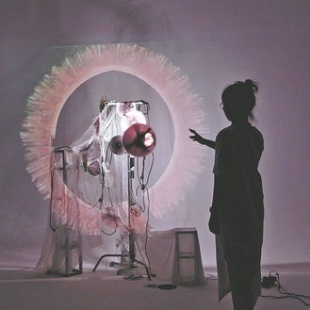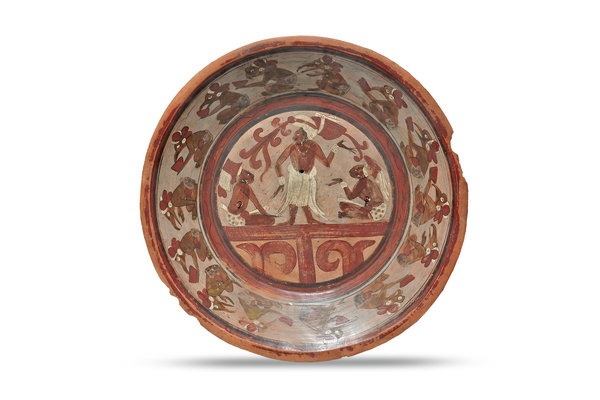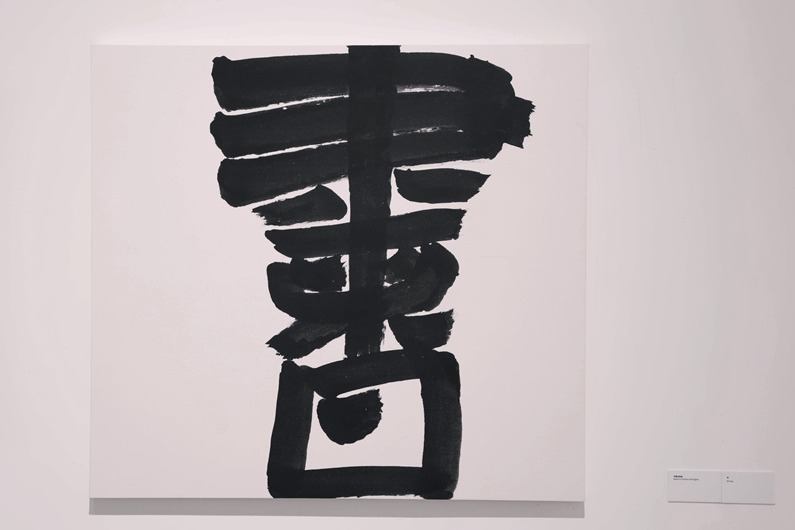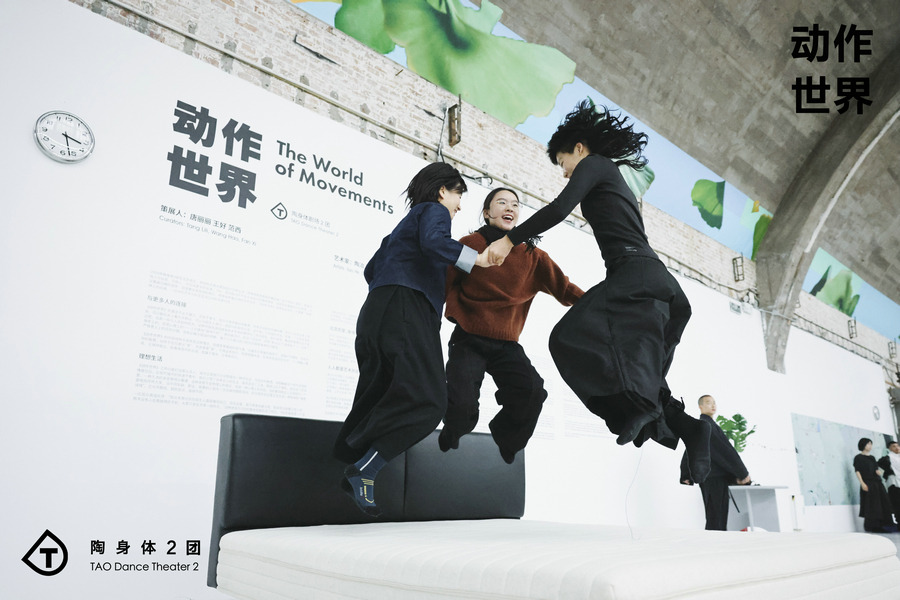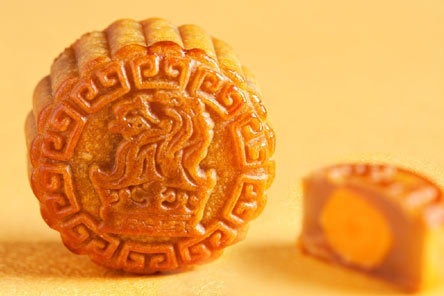Breathing life into silent suffering

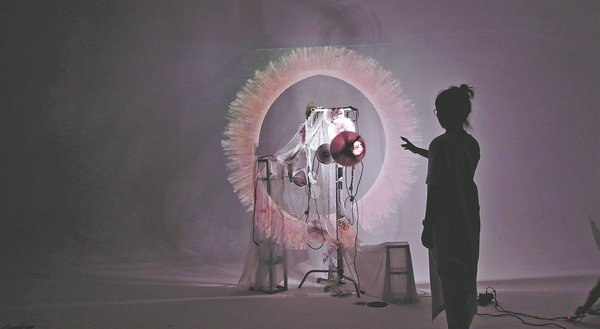
Would you choose to receive life-sustaining treatment if you were in a vegetative state?
That was the central question explored in Under the Pupils, an immersive art installation created by 22-year-old Sha Shiyu. The project delves into themes of family bonds, life, and social ethics through a deeply personal lens.
Sha, who recently graduated with a degree in visual communication design from Hubei University of Technology, presented Under the Pupils as her final project — one that helped earn her an acceptance letter from the University of the Arts London.
The work was inspired by her own experience. After her grandmother was left in a vegetative state following an accident, Sha's family struggled with the emotional weight of caregiving and loss.
In response, she turned to programming and audiovisual technology to create an interactive installation that reacts to visitors' movements, echoing the quiet sorrow of caring for someone who can no longer respond. The visuals were influenced by the imagined emotions reflected in her grandmother's eyes.
At the heart of the installation are three eyeball-like turntables, a mechanical design inspired by the "chaotic pendulum" that Sha first noticed in the film Iron Man 2 (2010).
"Each swing of the chaotic pendulum is unpredictable and irregular," Sha explained. "I used it as a symbol of the emotional turbulence and inner struggle that family members go through when providing long-term care."
Another striking element is a structure resembling a hospital IV stand, filled with a green nutrient solution. "This is a common sight in hospitals," Sha said. "My father would prepare a nutrient solution every day at home to keep my grandmother alive."
Sha witnessed how the emotional and physical burden of caregiving gradually wore down her father. "He fell into a deep depression," she said. "He even felt guilty for having moments of happiness."
As part of the project, Sha conducted a survey that revealed a striking contradiction: while 90 percent of respondents said they would refuse life-sustaining treatment for themselves if they were in a vegetative state, many were still maintaining life support for loved ones in the same condition.
"That made me question whether continuing treatment is truly an act of love — or if it's driven by cultural beliefs," she said.
Over the nearly six months she spent developing the installation, Sha immersed herself in clinical, psychological, and sociological research. She found that in many East Asian cultures, family roles are often shaped by the belief that one's value is proven through fulfilling duties.
"The decision to keep someone on life support often goes beyond medical considerations," Sha explained. "It's influenced by moral obligations and social expectations. For many families, continuing care becomes a way to stay connected to their loved ones — while also managing their own sense of helplessness and loss of control."


